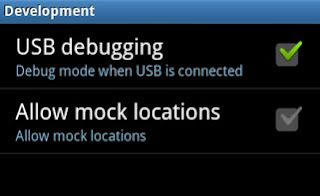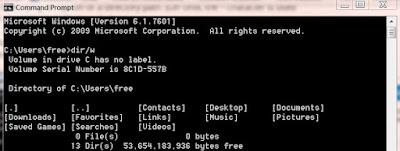Windows 10 – Event Viewer
Every user of Windows-10 needs to know about Event Viewer. In fact, Windows has an Event Viewer
for almost a decade. Few people know about it. At its heart, the Event Viewer
looks at a small handful of logs that Windows maintains on your PC. The logs
are simple text files, written in XML format.
Windows having many Event Log files: Administrative, Operational, Analytic, and Debug, plus application log files.
Every
program that starts on your PC posts a notification in an Event Log, and every
well-behaved program posts a notification before it stops. Every system access,
security change, operating system twitch, hardware failure, and driver hiccup
all end up in one or another Event Log. The Event Viewer scans those text log
files, aggregates them, and puts a pretty interface on a deathly dull,
voluminous set of machine-generated data. Event Viewer is a database reporting program,
where the underlying database is just a handful of simple flat text files.
Here’s how to use the Event
Viewer:
1. Right-click (or tap and hold) the
Start icon. Choose Event Viewer.
2. The Event Viewer appears.
3. On the left, click Event Viewer
> Custom Views > Administrative Events.
It may take a while, but eventually you see a list of notable events like the one shown.
Don’t panic for its abnormal
indications. Even the best-kept system boasts reams of
scary-looking error messages — hundreds, if not thousands of them. That’s
normal.
See the table for a breakdown.
Events and What They Mean
|
Event
|
What Caused the Event
|
Error
|
Significant problem, possibly including loss
of data
|
Warning
|
Not necessarily significant, but might
indicate that there’s a
problem brewing
|
Information
|
Just a program calling home to say it’s okay
|
The Administrative Events
log isn’t the only one you can see; it’s a distillation of the other event
logs, with an emphasis on the kinds of things a mere human might want to see.
Other logs include the
following:
- Application events: Programs
report on their problems.
- Security events: They’re
called “audits” and show the results of a security action. Results can be
either successful or failed depending on the event, such as when a user
tries to log on.
- Setup events: This
primarily refers to domain controllers, which is something you don’t need
to worry about.
- System events: Most of
the errors and warnings you see in the Administrative Events log come from
system events. They’re reports from Windows system files about problems
they’ve encountered. Almost all of them are self-healing.
- Forwarded events: These are
sent to this computer from other computers.














































